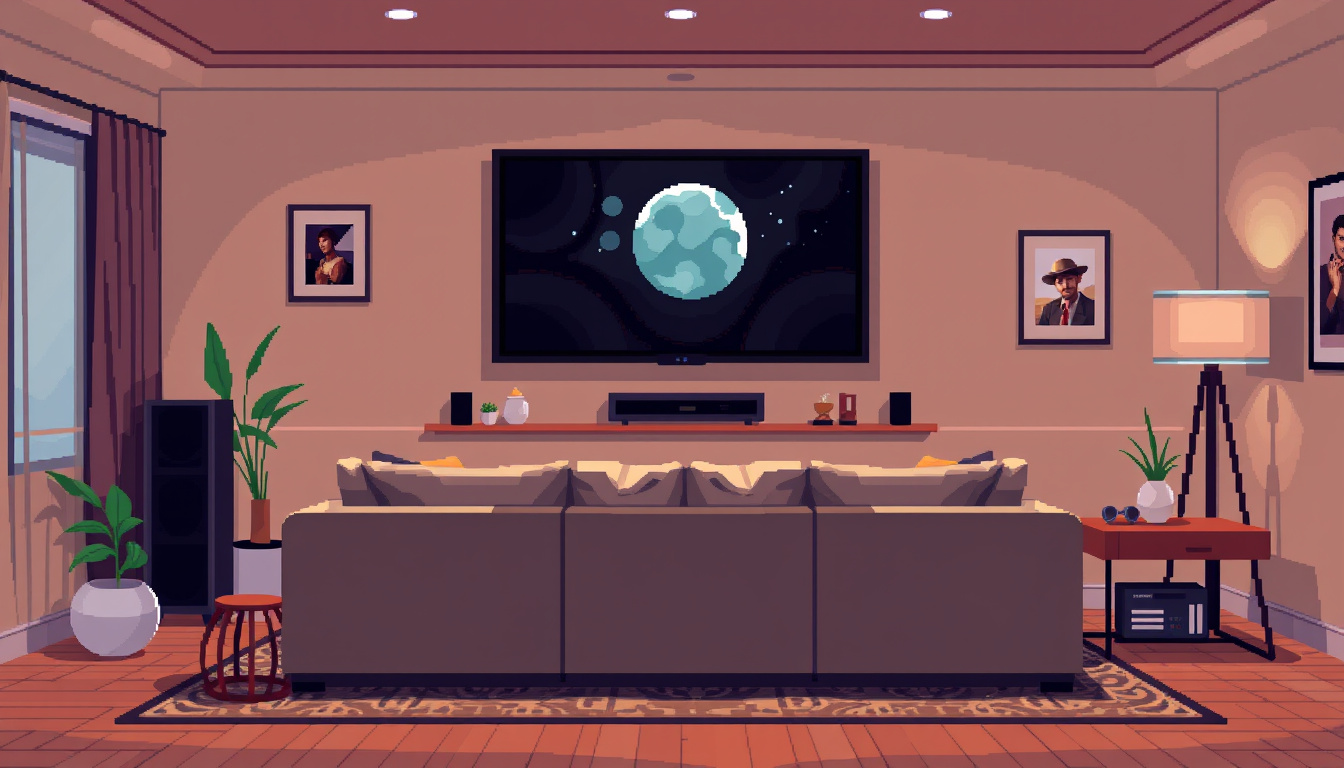Optimize Your TV Placement for Perfect Viewing Angles
The TV sits. You sit. They face each other. Find the best spot. This tip helps you enjoy shows and movies. Place the TV well to ease your neck and eyes. Enjoy a relaxed view without pain.

Understanding Viewing Distances
The space between you and the TV matters. A larger TV needs more room. Keep the TV close to your eyes. Try these distances:
- 43-inch TV: Sit roughly 6 feet (72 inches) away.
- 55-inch TV: Sit about 8 feet (96 inches) away.
- 65-inch TV: Sit nearly 10 feet (120 inches) away.
Multiply the TV diagonal by 1.5 to 2.5. This method keeps your eyes at ease. Your seat stays in the direct line of view.
Determining the Right Height
The TV must match your eyes. The center of the screen should lie at your eye level. This setup stops neck pain. Follow these measures:
Recommended Heights
- 43-inch TV: Center at 56 inches above the floor.
- 55-inch TV: Center at 61 inches above the floor.
- 65-inch TV: Center at 65 inches above the floor.
- 70-inch TV: Center near 67 inches above the floor.
These heights keep the room clear. They prevent clutter and dust buildup on furniture.
Avoiding Common Pitfalls
Mounting Above Fireplaces
Do not put the TV too high. Placing it above a fireplace forces you to look up. This twist hurts your neck. If you must mount above a fireplace, use a tilting bracket. Tilt the TV down toward you.
Addressing Glare Issues
Glare hurts your view. Windows and lamps may shine strong light. Try these steps:
- Adjust Lighting: Use curtains or blinds to block glare. Dimmable lights can work well too.
- Consider Screen Technology: Pick TVs with built-in anti-glare. This choice cuts reflections from nearby lights.
Practical Tips for Personalization
Each room is unique. You must adjust the TV placement to suit your space. Think of these tips:
- Mock Placement: Cut a piece of cardboard to match your TV. Place it in the room to test different heights and distances before you mount your TV.
- Evaluate Room Dimensions: Look at the room shape and furniture placement. The TV should fit well into the room flow.
Considering Viewing Angles
Keep the TV in front of you. The TV should face your primary seat directly. Use a mount with tilt or swivel features if needed. Aim for a direct view with less than a 15-degree upward tilt. Keep a 40-degree view as a maximum from the center of your seat.
Conclusion
Place your TV for a clear, strong view. Set the right distance, height, and angle. Let each word connect closely to make the rules easy to follow. With these tips, you ease strain and boost comfort. Your TV spot now stands as a safe, enjoyable home theater spot.
